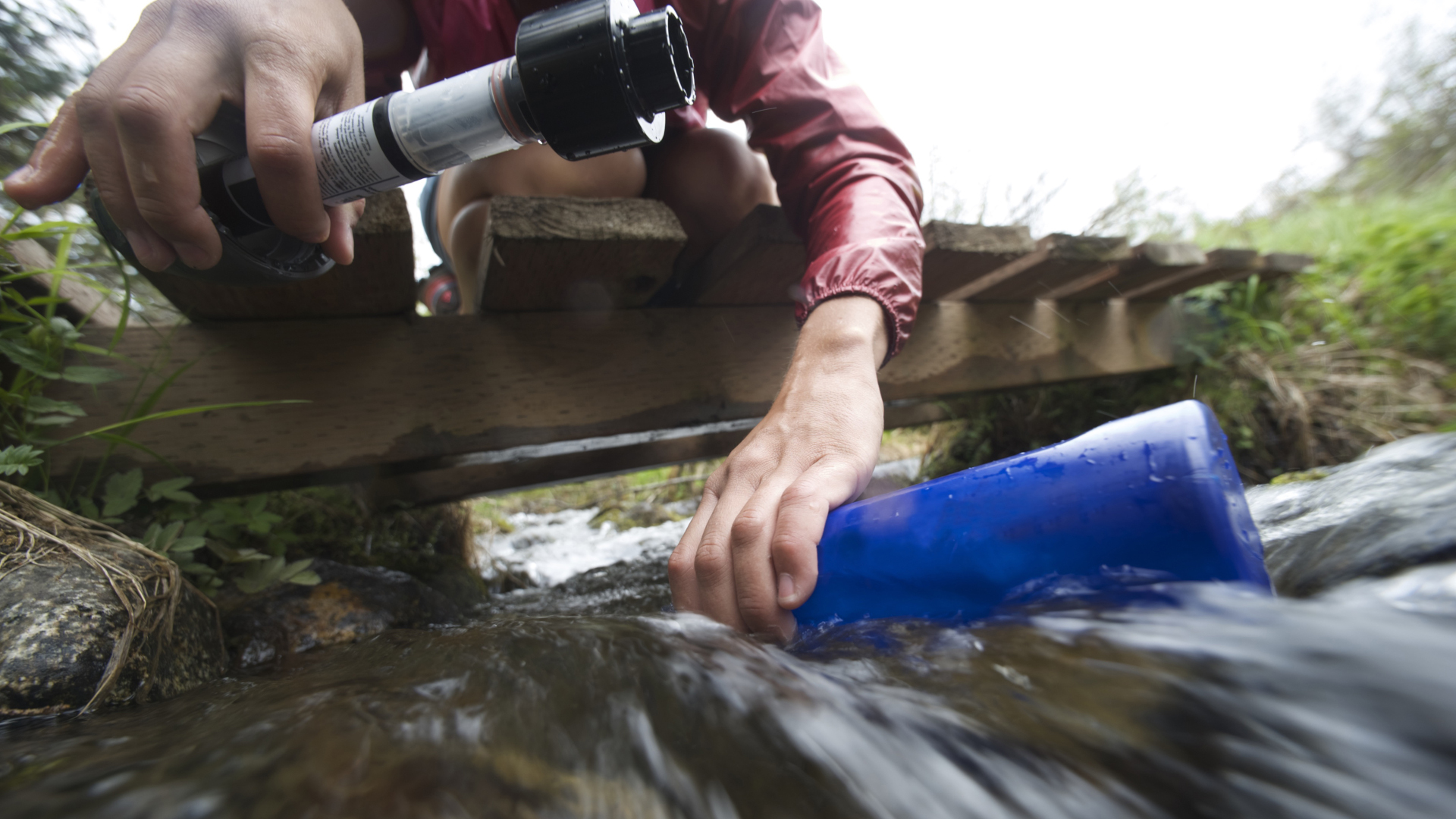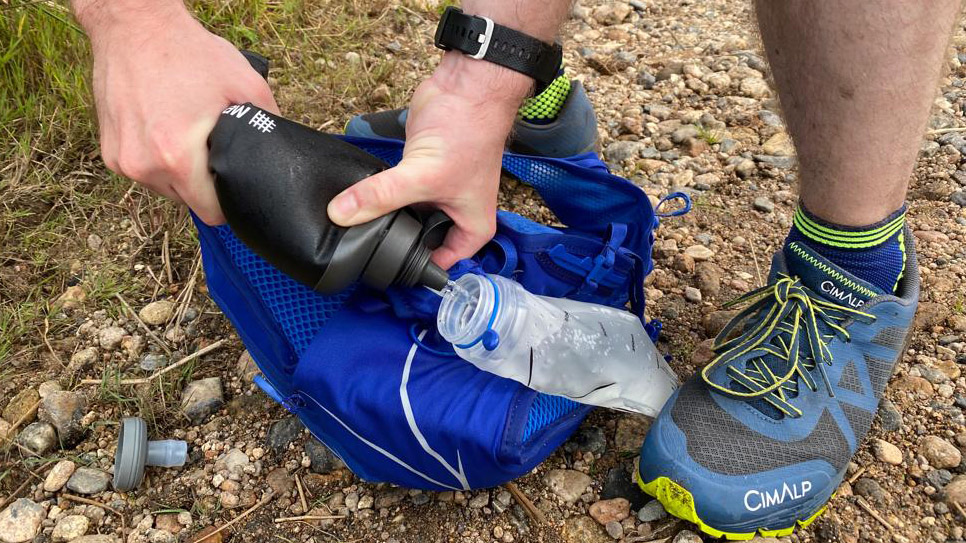
A hiker on the Colorado Trail required the assistance of mountain rescue crews this week when they say they became ill after drinking contaminated water. The news comes just weeks after we reported on dozens of hikers being struck down by a vomiting bug at Havusapai Falls.
According to a Facebook post by Saguache County Search and Rescue, the hiker activated an emergency beacon to call for assistance from a remote part of the trail in southern Colorado on Monday evening.
Using 4 x 4 and Utility Terrain vehicles, six members of search and rescue deployed to the area. After encountering downed timber, they continued on foot towards the beacon location where they made contact with the hiker.
"The survivor believed that they drank some contaminated water that led to their weakened state and dehydration. Realizing they couldn’t continue on the hike, the spot device was activated," writes SCSAR.
Drinking contaminated water can expose you to bacteria such as Giardia, and cause vomiting and diarrhea, which in turn can lead to dehydration, a dangerous condition in the backcountry.
Teams were able to hike the subject to the vehicles and had them out of the field by 1 a.m. on Tuesday, however the incident prompted them to warn hikers about health and safety in the backcountry.
"Water purification capability is critical in the backcountry. Equally important is to clean your hands before eating and purifying water so you don’t cross-contaminate yourself."

Finding safe water sources in the backcountry
If you find yourself in a life-threatening situation in the backcountry and need to drink natural water, some sources make better choices than others.
If you have to drink standing water, a pool of very clear, untouched-looking water may not be the safest option. In fact, if there’s nothing living in it and other animals don’t appear to be drinking from it, there’s probably a good reason why.
In an emergency situation, a lake where other creatures appear to be living makes a better option than a crystal clear rock pool, but if you can find a stream or river flowing into the lake, that’s even better. Learn more in our article on finding safe water sources in the wild.
Ultimately, the best thing you can do is to plan ahead for hiking and camping in the wild and make your own safe drinking water. The way to do this is to filter or purify natural water before drinking it. You should carry a water purifier for long backpacking trips and emergency situations such as the Lifestraw Peak Series. These can come in the form of pumps, filtration straws or even water purification tablets that you dissolve into the water you collect. Read more in our article on how to purify water in the wild.
If you venture out without a purification system, another possibility is to boil your water. If you’re carrying a camping stove or can build a fire, you’ll need a pot that can withstand heat of course, but you can boil water for ten minutes to make it safe to drink.







